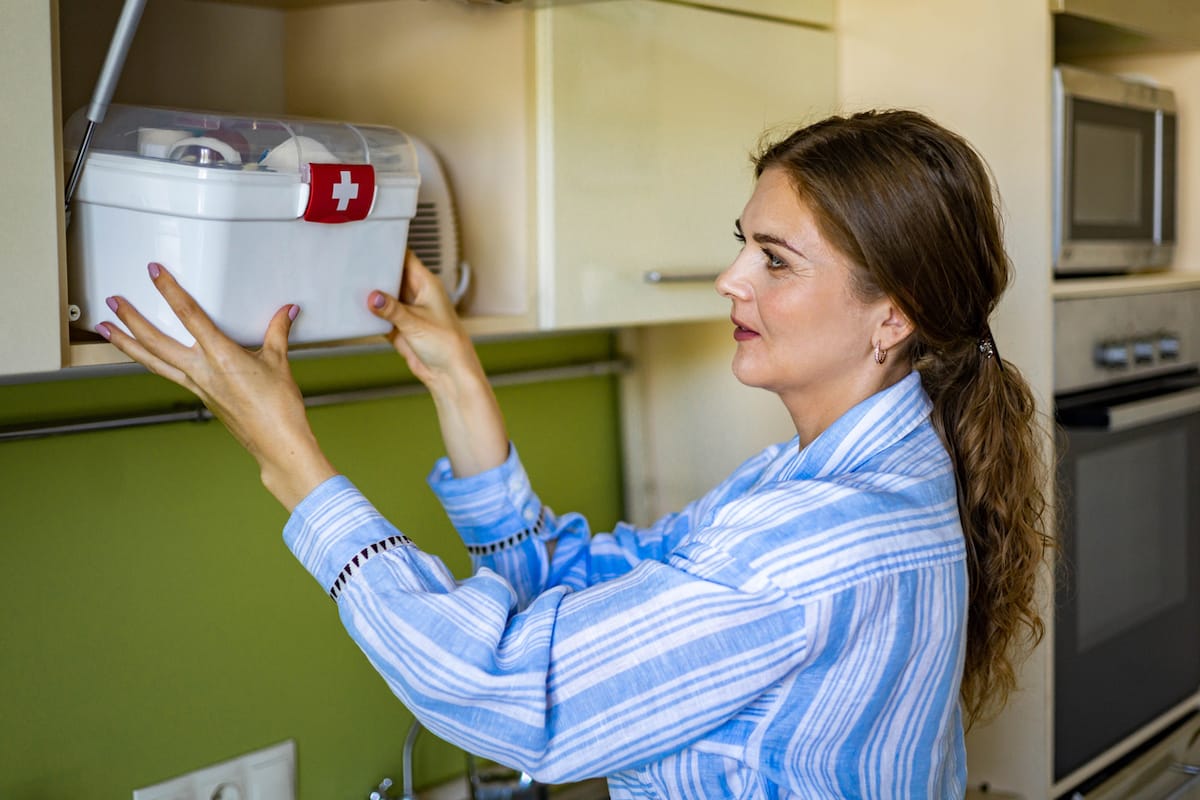Ensuring your family's safety is akin to providing them with a robust insurance policy against unforeseen challenges and risks. Prioritizing safety involves a comprehensive approach that encompasses both physical and emotional well-being. By implementing practical measures and fostering a secure environment, you create a foundation for a resilient and protected family unit.
1) Home Security Measures:
Start by fortifying the physical safety of your home. Install reliable locks on doors and windows, consider a security system with surveillance cameras, and ensure proper lighting around your property. These measures act as a deterrent and provide a sense of security for your family.
2) Emergency Preparedness:
Equip your family with the knowledge and tools needed to handle emergencies. Develop an emergency plan that includes evacuation routes, designated meeting points, and a list of essential contacts. Conduct regular drills so that each family member is familiar with the procedures in case of unforeseen events.
3) Health and Wellbeing:
Prioritize the health and well-being of your family members. Schedule regular check-ups, promote a healthy lifestyle through balanced nutrition and regular exercise, and stay updated on vaccinations. A proactive approach to health significantly contributes to overall family safety.
4) Educate on Online Safety:
In today's digital age, online safety is paramount. Educate your family members, especially children, about safe internet practices. Emphasize the importance of not sharing personal information online, recognizing potential risks, and being vigilant against cyber threats.
5) Safe Transportation Practices:
Implement safe transportation practices by ensuring that all family members adhere to seatbelt regulations. If you have young children, use age-appropriate car seats. Encourage responsible and attentive driving habits to reduce the risk of accidents on the road.
6) Fire Safety Measures:
Install smoke detectors throughout your home and establish a family fire escape plan. Conduct regular fire drills, teaching everyone how to exit the house quickly and safely. Ensure a furnace safety check is done regularly, preferably by a professional. Keep fire extinguishers in key areas of your home and educate family members on their proper use.
7) Teach Stranger Danger:
Educate children about stranger danger and the importance of not engaging with unknown individuals. Establish clear guidelines on whom they can trust and how to seek help if they feel unsafe. Encourage open communication so that children feel comfortable discussing their concerns.
8) Secure Finances:
Financial stability is a crucial aspect of family safety. Develop a budget, save for emergencies, and consider appropriate insurance coverage. By securing your family's financial future, you provide a safety net that can mitigate the impact of unexpected events.
9) Mental Health Support:
Emotional well-being is an integral component of family safety. Foster open communication about mental health within your family. Encourage family members to express their feelings and seek support when needed. Create a supportive environment that acknowledges the importance of mental health.
10) Community Awareness:
Stay informed about your community and its safety measures. Be aware of local emergency services, neighborhood watch programs, and community resources. Engaging with your community fosters a sense of belonging and contributes to collective safety.
By integrating these safety measures into your family's daily life, you create a comprehensive insurance policy that protects against a range of potential risks. Safety is not just a precautionary measure; it is an ongoing commitment to the well-being and security of your loved ones. As you prioritize safety, you contribute to the resilience and harmony of your family, ensuring that they can navigate life's uncertainties with confidence and unity.



